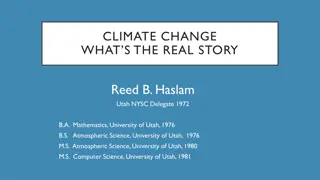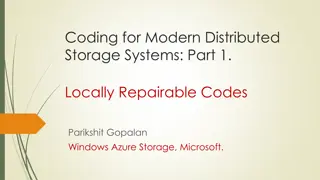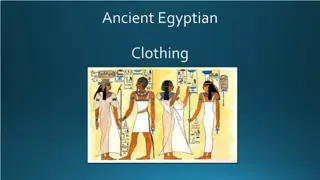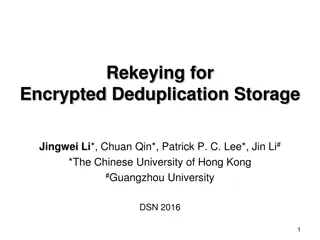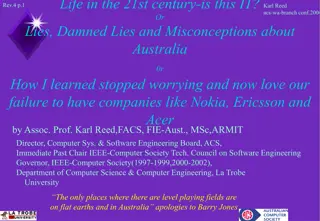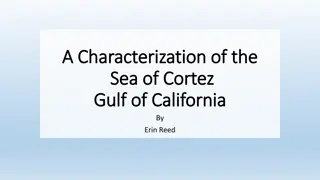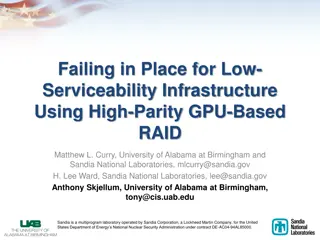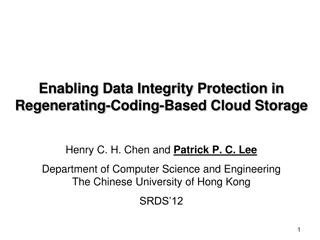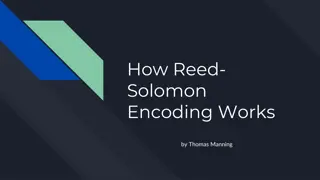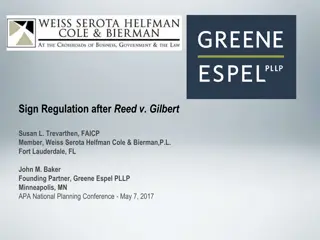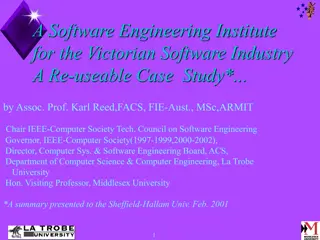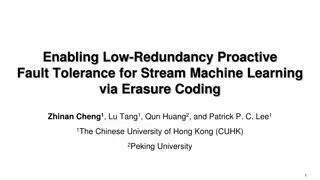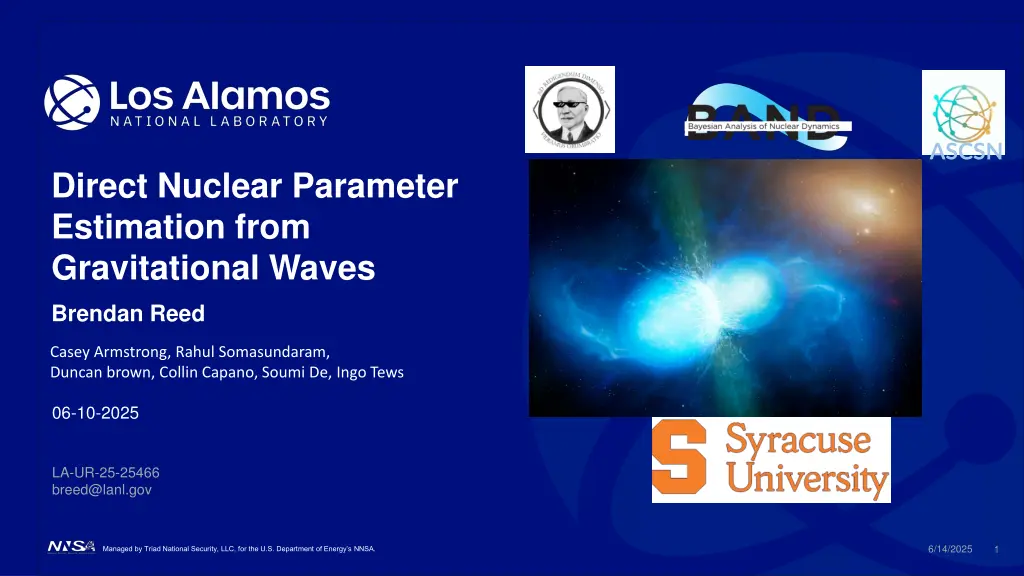
Nuclear Parameter Estimation from Gravitational Waves Research
"Explore the latest findings on nuclear systems, neutron stars, gravitational waves, and more. Discover the implications of gravitational waves on neutron star behavior and the equation of state. Dive into cutting-edge research on nuclear parameters estimation through gravitational wave analysis."
Download Presentation

Please find below an Image/Link to download the presentation.
The content on the website is provided AS IS for your information and personal use only. It may not be sold, licensed, or shared on other websites without obtaining consent from the author. If you encounter any issues during the download, it is possible that the publisher has removed the file from their server.
You are allowed to download the files provided on this website for personal or commercial use, subject to the condition that they are used lawfully. All files are the property of their respective owners.
The content on the website is provided AS IS for your information and personal use only. It may not be sold, licensed, or shared on other websites without obtaining consent from the author.
E N D
Presentation Transcript
ASCSN Direct Nuclear Parameter Estimation from Gravitational Waves Brendan Reed Casey Armstrong, Rahul Somasundaram, Duncan brown, Collin Capano, Soumi De, Ingo Tews 06-10-2025 LA-UR-25-25466 breed@lanl.gov 6/14/2025 6/14/2025 1 1 Managed by Triad National Security, LLC, for the U.S. Department of Energy s NNSA.
Nuclear Equation of State Mammei+, Ann. Rev. (2024) Governs behavior of all nuclear systems at any density (?) and pn- asymmetry (?) Parameterized as expansion in powers of asymmetry Symmetry energy ?(?) is important for neutron-rich systems ? ? ?,? = ? + ?2? ? + ?4 6/14/2025 2
Neutron Star Structure Mass-Radius Relationship Tolman-Oppenheimer-Volkoff equations Provide an equation of state solve on a grid Radius strongly related to symmetry energy Informs high density EOS M (solar mass) 1 1 +4??3? ??2 ?? ??= ??? ? 1 2?? 1 + ?2 ??2 ??2 R (km) 5 ?? ??= 4??2? ?2? ?? =2 3?2 6/14/2025 3
Gravitational Waves Aug. 17, 2017: merger of two NS observed by LIGO-Virgo gravitational wave detectors Extensive follow ups observed this event at wavelengths in each part of EM spectrum Gravitational tides distort shapes of neutron stars just before merger GW170817 set upper limits on combined deformability of stars 1 and 2 5 ?2? ?? =2 3?2 6/14/2025 4
? ? ? ? ,? =? ? ? ? ? ? ?,? ?(?(?)|?) 6/14/2025 5
~(3?) 1m = ~800 CPU-hours ? ? ? ? ,? =? ? ? ? ? ? ?,? ?(?(?)|?) 6/14/2025 6
? ? ? ? ,? =? ? ? ? ? ? ?,? ?(?(?)|?) 6/14/2025 7
1m = ~3 CPU-hours ~ (0.01?) ? ? ? ? ,? =? ? ? ? ? ? ?,? ?(?(?)|?) 6/14/2025 8
Emulator Framework Metamodel EOS + sound speed model Utilize 100k training EOS and 100k validation sets Multilayer Perceptron (neural network) Bagged with 100 networks Take in 1, 5, or 10 parameters Get out radius or deformability ?,?0,????, ??2(??) ?(?) (M) 6/14/2025 9
Find this paper here Reed et al 2024 ApJ974 285 Emulator Reliability 6/14/2025 10
Inference Setup Performed on NERSC s Perlmutter GW and EOS parameters have uniform priors Use PyCBC to make MCMC marginalization 6/14/2025 11
Reducing Statistical Errors Compare sample points of emulator to full solver runs of PyCBC 6/14/2025 12
Reducing Statistical Errors Compare sample points of emulator to full solver runs of PyCBC 6/14/2025 13
Emulator Reliability 6/14/2025 14
EOS Parameter Posteriors Isovector quantities constrained by inference Favors softer EOS Lower density sound speed constrained Strongly favors strongly interacting matter at 3?0 Higher density sound speed and ???? not well constrained in comparison Similar results for 10-parameters 5-parameter model 6/14/2025 15
Derived Quantities Do not directly sample some quantities that we are interested in Requires solving the TOV equations for Radius/Maximum mass Maximum mass favored above 2.1? Radius largely favors smaller values Deformabilities favor compact stars 6/14/2025 16
6/14/2025 17
Conclusions ORCiD Page Emulators greatly speed up calculations without sacrificing much accuracy GW170817 contains valuable EOS information Directly informs the EOS up to about 5?0 Can apply this framework to a large number of systems beyond GW inference 6/14/2025 18
Backup Backup slide #1 slide #1 6/14/2025 19
Backup Backup slide #2 slide #2 6/14/2025 20
Metamodel EOS ? = ?0+1 ? ? = ? + ?? +1 2?2?0+1 2????+1 6?3?0+ ? =? ?0 3?0 6????+ Fix ? = 32 ???,?0= 16 ???,?0= 0.16 fm-3 All others set to zero except ?0,?,???? allowed to vary in MCMC Transition to sound speed model after 2?0 Use SLy4 up to 0.08 fm-3 6/14/2025 21

